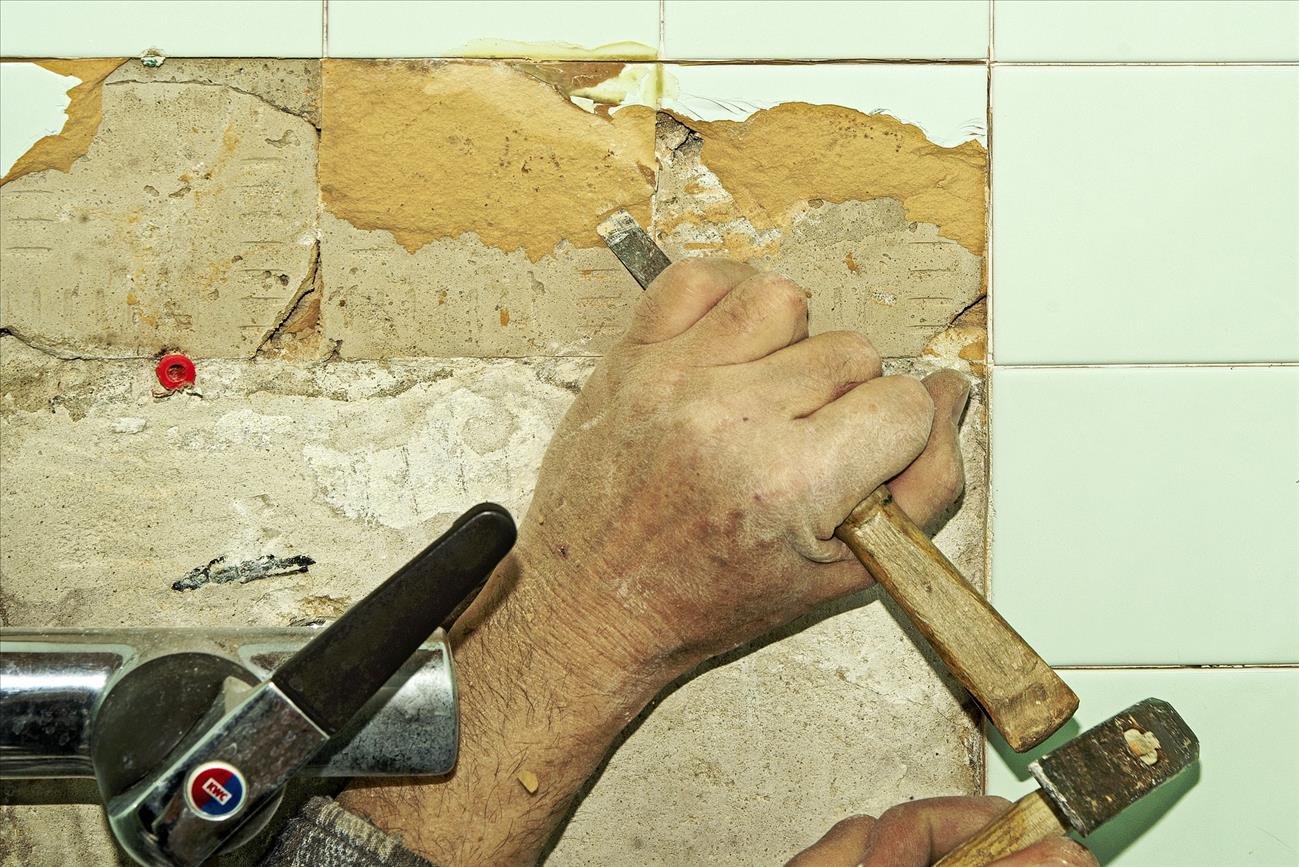There are inevitably a few updates or renovations you will need to make before listing your home for sale. But, don’t fall into the trap of over-updating and spending too much money updating the wrong things.
Work with your real estate agent to identify the most bang for your buck and whether the return will be worth the investment of both time and money. A good place to start is checking the price of recently sold homes in your neighborhood and how their features compare to your own home. You can analyze which renovations are worth it based on the estimated value of your own home and the condition of others selling for a similar price.
If homes seem to be selling for no more than $200,000, you can safely assume this will be the highest offer you’ll receive, no matter how much money you put into upgrades. And don’t forget that you’ll also have closing cost expenses along with moving costs to consider when you’re budgeting for your home sale.
Make smart, impactful renovations, and know which updates to skip. Aside from renovations, also consider which fixes will detract from offers if left untouched — these may include “invisible fixes" such as a new HVAC system, foundation damage repair, or a roof replacement.
Fresh paint
One of the easiest ways to freshen up your home and increase its buyer appeal is with a new coat of paint. Painting is a relatively affordable update with a huge return on investment (ROI) — especially if you plan to do the work yourself. In fact, homes painted with the right color can sell for thousands more. The key is to stick with neutral colors if you can — tans, light grays, white, and even blues.
If you hire a professional painter, expect to pay about $1,500 to $2,000 per room depending on the size and project. You can cut that cost to an average of $380 by doing the job yourself, but it will not look as appealing as a professional painting job.
If you’re short on time (or money), paint the most-trafficked areas of your home and rooms that currently have more eccentric wall colors. Although you may enjoy your brightly colored spaces, potential home buyers like seeing the home as a clean slate to add their own flavor.
New flooring
Floors take a lot of wear and tear through the years — especially carpeting. They can also absorb unpleasant smells from pets, smoking, or accidental spills. Take inventory of all the floors in your home, and prioritize more worn-in areas such as hallways, entryways, and living rooms.
Adding hardwood floors can increase the resale value of your home by 2.5% and can provide a real “wow” factor to potential buyers at an open house. Although it may be a short inconvenience to shuffle furniture around during install, it may be money and time well spent.
If you can’t afford hardwood, opt for vinyl flooring or new carpeting. You may even be able to find cheaper remnants at your nearest home store for bedrooms or other small areas.
Landscaping and curb appeal
Your home’s landscaping will be the first thing potential buyers see, and you want to make a good first impression. At the very minimum, make sure your flowers are watered, your front entryway is swept, and your lawn is mowed.
Keeping these areas pristine shows buyers that you take good care of your home — both inside and out. In fact, homes with well-kept lawns tend to sell for 7% higher than homes with unkempt lawns.
Although hiring a professional landscaper is ideal, it could cost you upwards of $5,000. If you don't have the budget, planting a few high-impact flowers or bushes near the entryway can bring a warm, inviting feeling to your home for much less.
Bathroom updates
Small bathroom updates can do wonders for buyer appeal. It may not make sense to spend $5,000-$10,000 on a full bathroom upgrade, but you can completely change the feel of an outdated bathroom with a few low-cost updates.
You can renew the bathroom by replacing grimy fixtures such as a faucet or showerhead or by caulking the tub and shower. Bring it into this decade with new knobs and pulls or a whole new vanity. Any of these fixes can be done for less than $1,000 total to avoid your bathroom being an eyesore to a potential buyer.
Energy-efficiency
Homes with "green" certification tend to sell for 9% more than non-energy-efficient homes. Not only will you feel good about helping the environment by making the home more efficient with additions such as solar panels, it should also save your buyer money on energy bills in the long-term.
Some buyers may even qualify for an energy-efficient financing (EEM) — allowing them to qualify for a more expensive home because of lower utility costs. Not to mention that you, as the seller, could also benefit from tax rebates and other government programs based on the state you live in.
Spend money to make money
It might be hard to stomach the upfront costs to get your home sale-ready. But choosing high-ROI, low-cost upgrades can have a major payoff. Not only can it result in higher offers or bidding wars, your home should also sell more quickly — resulting in less of a headache for you and savings when it comes to holdover costs.
You’re looking for upgrades that will increase your selling price by more than what you paid or to attract more buyers. And what projects fall into these categories depend greatly on each home and your local market. But, if you want to sell your home for as much as possible, you’ll need to make updates before putting it on the market, no matter how big or small your budget is.
Are You a Professional?
Requests for your services are coming in left and right. Let’s connect and grow your business, together.


